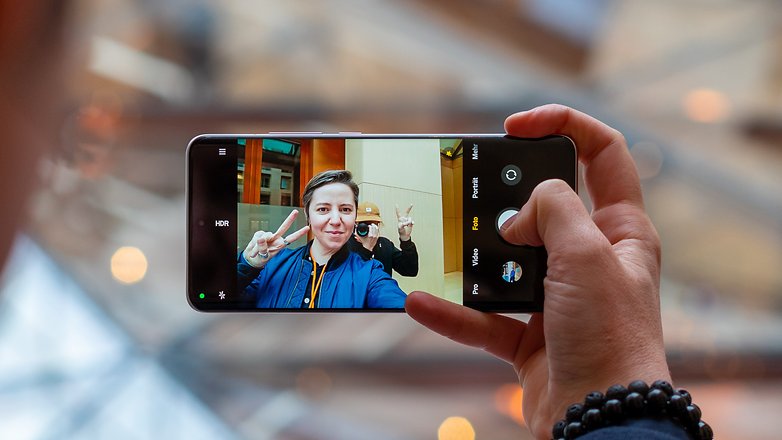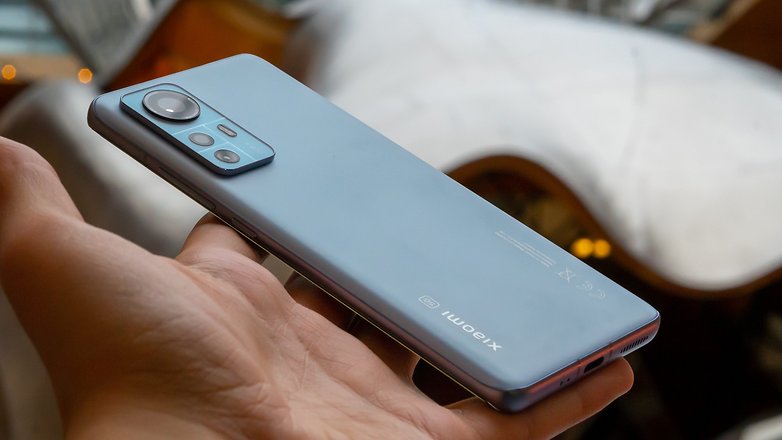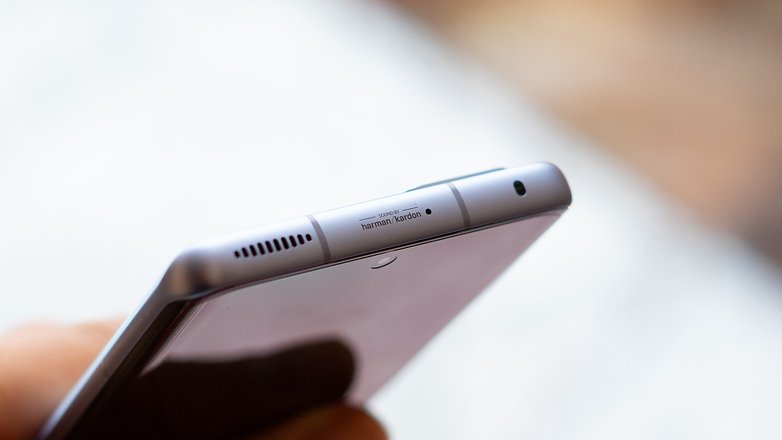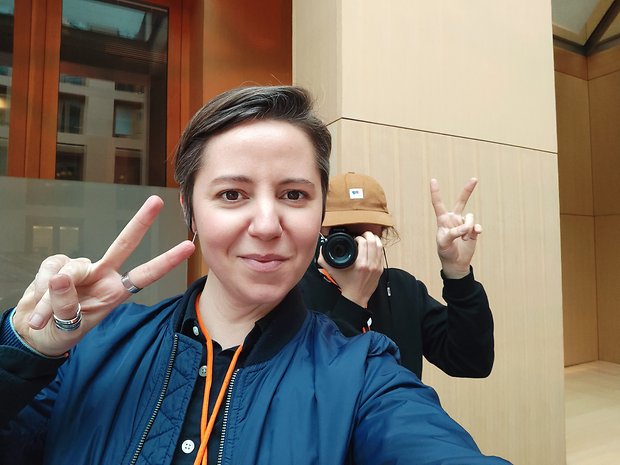
[ad_1]
The Xiaomi 12 and the Xiaomi 12 are indistinguishable from each other even at second glance. Where exactly the differences between the models are and how the casing and size feel, I will tell you in the hands-on.

NEXTPITTV
Good
- Beautiful size
- Rimless and brilliant displays
- Powerful main camera
- Long update support
Bad
- Wireless charging only in the base model
- Again without telephoto cameras
- Memory not expandable
- Minimal differences between smartphones
Xiaomi 12 and Xiaomi 12X in a nutshell
With the global launch of the new Xiaomi 12 series, the manufacturer finally revealed how expensive the smartphones are in the global market. The base model starts globally for $749 and the Xiaomi 12X is a bit cheaper at $649.

The devices come in different colors: gray, purple and blue. If you want to pre-order one of the models, you can start now on the net! The smartphones will go on sale on March 29, 2022!
Display and housing
Xiaomi follows the trend of slowly making smartphone casings smaller again
– and you can directly notice that in both models when trying them out. The 6.28-inch AMOLED dot display is very easy to use in my large hands, and the size is roughly similar to that of Apple’s iPhone 13 or Samsung’s Galaxy S22.

The display is again state-of-the-art as typical for Xiaomi: You benefit from a refresh rate of 120 hertz, enjoy a maximum brightness of 1,100 nits and should not recognize any pixels even when looking closely despite the FHD+ resolution. DisplayMate awarded the display with the top grade A+ and my first impression at the Xiaomi event in Berlin was also very positive.
Both smartphones are protected with Gorilla Glass Victus on the front and feel quite high-quality. The build quality is hardly inferior to that of Samsung and Apple this year. However, Xiaomi’s smartphones seem slightly more rickety than the high-end models of the competition. Both devices creak when bending, and the vibration motors are a bit less crisp.
Software: Android 12 at last
Compared with many other manufacturers, Xiaomi still lags behind with the update to
Android 12.
It is therefore pleasing that all three models – Xiaomi 12, Xiaomi 12X and Xiaomi 12 Pro – are launched with MIUI 13 based on Android 12. In response to Samsung’s update mania, Xiaomi has also extended the warranty for security updates to four years. This is a good sign for more longevity in cell phones!
Are you already using a Xiaomi smartphone? Then take a look at our articles on tips and tricks for MIUI, which we updated just a few days ago.
Performance: Differences in the SoC
The
Xiaomi 12 is equipped with a Snapdragon 8 Gen 1 – the X model only with a Snapdragon 870. In
addition, there are either 8 or 12 gigabytes of working memory and 128 or 256 gigabytes of internal storage. The internal storage is not expandable in either smartphone.
Both smartphones looked comparatively smooth in the hands-on – but that is not surprising for a brand-new smartphone without performance -intensive applications. So let’s wait for the full review to further explore the performance of the phones.
Cameras: Standard setup with software tricks
Xiaomi did not come up with many surprises for the camera setup of the two base models.
The 50-megapixel main camera is exciting, which is nice and fast with an open aperture of f/1.88. Behind the two additional lenses are an ultra-wide-angle camera with 13 megapixels and a field of view of 123 degrees as well as Xiaomi’s well-known 5-megapixel macro telephoto camera, which is not suitable for conventional telephoto shots.
Thus, a telephoto camera is not on board, but the three cameras made a good impression at the event in the exciting Axica event location. The manufacturer wants to improve the software and video recordings in particular. Xiaomi emphasizes two features that are not 100 percent clear to me.

The first focus is – caution, gag – on the autofocus. The “Xiaomi ProFocus” transfers a feature from professional cameras to the smartphone, similar to the Sony Xperia 1 Mark III, so the phone automatically switches from an eye autofocus to a face autofocus and at further distance to a body autofocus. This looks cool in the video, but makes little sense for a cell phone in my opinion. After all, the sharp area is deep enough in wide-angle shots anyway that you don’t see much difference between focus planes.
For videographers, Xiaomi improves the video recording at night – but we couldn’t really test that at the event. However, once again, I dislike the non-expandable memory in a phone with a focus on videos including 8K support. Let’s wait and see!
Xiaomi 12 battery
Xiaomi relies on batteries with 4,500 milliampere hours in both phones.
However, there are differences in the charging technologies. Both phones support wired quick-charging with 67 watts, but only the Xiaomi 12 can be charged wirelessly with 50 watts. This feature is completely omitted in the X model. Of course, we cannot make any statements about the battery runtime in the hands-on.
Xiaomi 12 technical specifications
Early Verdict
The central question in this hands-on: Does Xiaomi offer an alternative to Samsung’s Galaxy S22 series and the iPhone 13 models that the manufacturer likes to compare itself with in the live stream this year? Price-wise, the manufacturer is definitely aligning itself with the premium competition in 2022 and there are other decisions that go in this direction.
Looking at the spec sheet, Xiaomi can certainly take on Samsung’s models. In terms of quick-charging, both wired and wireless in the base model, Xiaomi even surpasses the king of smartphones. Apple is still left behind in terms of display technologies. Despite the technical advantages, the Xiaomi models still do not feel quite “premium” in 2022.

Once again, though, it’s Xiaomi’s product lineup that I think is too confusing for the premium sector. Why do I have to expect compromises when buying a new smartphone for over $600 because there is a minimally better model for an extra $100? Apple and Samsung at least cover different display sizes here and thus serve different requirements. Xiaomi is even confusing for people like me who deal with new smartphones every day.
So, for an in-depth review, we need to find out whether the extra $100 for the Snapdragon 8 Gen 1 and wireless charging is worth it. So stay tuned in case you are exactly faced with this decision!
[ad_2]












